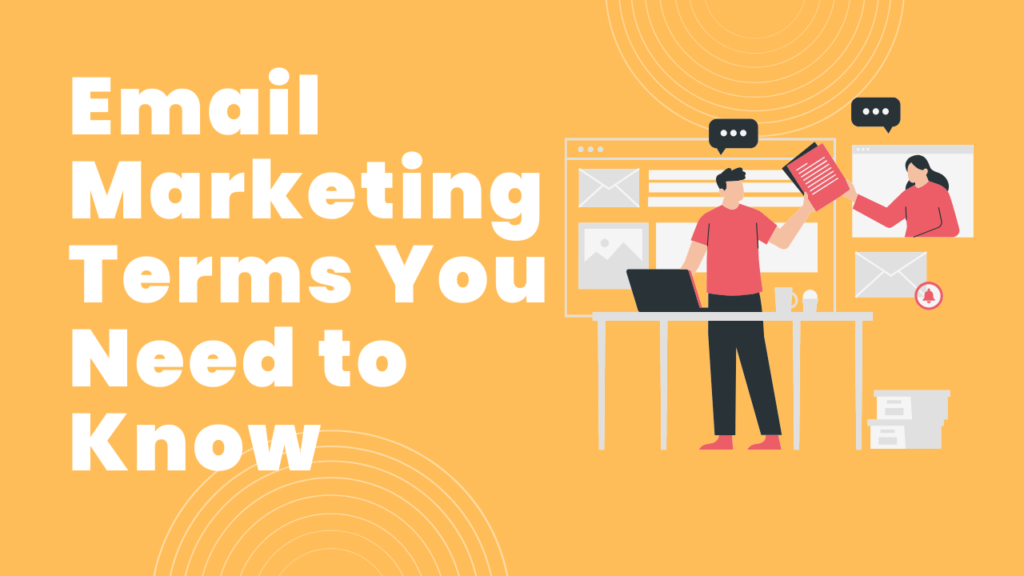
AOV Average Order Value – The average amount spent per purchase.
LTV Lifetime Value – The total value spent across a customer’s life.
UATC Unique Add To Cart – The first step in the checkout process.
UIC Unique Initiate Check Out – The second step in the checkout process.
Outbound Click Clicks that take you off of Facebook owned properties.
ROAS Return On Ad Spend – The money you receive derived from spending on advertising.
CAC Cost of Acquiring a Customer – The amount of dollars spent to convince a consumer to buy your product.
CTR (Link) Click Through Rate (Link) – The % of times people who saw and clicked on your link.
CPM Cost Per 1000 Impressions – The cost to deliver our ad for 1000 impressions.
PCV Purchase Conversion Value – The revenue seen from Facebook specific purchases.
ULPV Unique Landing Page View – The number of consumers who made it to your landing page.
UCPLV Unique Cost Per Landing Page View – The average cost per each landing page visit.
How it’s calculated: (Emails Opened / Emails Delivered) x 100
What it is: The open rate reflects that amount of subscribers who’ve opened your email.
Goal: The average open rate across industries is 24.79%. Trying going for at least a 10% open rate.
How to improve it: Create an engaging subject line and preheader, personalize your email, send from a specific person, segment your list, avoid spam filters, format your messages for mobile, choose your send time wisely
How it’s calculated: (Emails Clicked / Emails Delivered) x 100
What it is: The click-through rate reflects the amount of subscribers who’ve clicked on a link within an email.
A high open rate reflects customer engagement.
Goal: The average click-through rate across industries stands at 4.19%.
How to improve it: Test subject lines, include a social sharing option, create urgency, segment your list,
personalize your email, focus on email formatting that isn’t distracting, include a strong call-to-action
How it’s calculated: (Number of users who have completed the action / Emails Delivered) x 100
What it is: The conversion rate reflects the amount of users who’ve opened your email and followed its
call-to-action. This is the best metric in determining the success of your email campaign.
Goal: The average conversion rate is around 2.5%. This may fluctuate from 1-5% depending on the industry.
How to improve it: Improve your open rate, include strong call-to-action, keep conversion elements above the-fold
How it’s calculated: (Returned emails / Sent emails) x 100
What it is: The bounce rate reflects the amount of returned emails. It may indicate a permanent delivery
issue (i.e. invalid email) or a temporary one (i.e. full mailbox) among individual recipients.
Goal: A good bounce rate benchmark is 2% across industries. Get as close to 0% as you can! Anything
above 5% requires immediate action.
How to improve it: Use confirmed opt-in and double opt-in methods, clean your list
How it’s calculated: (Unsubscribed users /Emails sent) x 100
What it is: The unsubscribe rate reflects the number of people who’ve opted-out of your mailing list. While it’s a major indicator of your list’s health, unsubscribes can be a good thing – they’re your email recipients helping you fine-tune your list.
Goal: The average unsubscribe rate benchmark is 0.5%. Again, get as close to 0% as possible.
How to improve it: Use confirmed opt-in and double opt-in methods, segment customers, provide valuable content
How it’s calculated: (New Subscribers – Unsubscribed Users) / Number of email addresses in list) x 100
What it is: The list growth rate reflects the speed at which your email list is growing.
Goal: While your email list will naturally decay by 22.5% per year, a good growth rate is a steady and positive
one. The average unsubscribe rate across all industries is 0.49%.
How to improve it: Engage your audience, provide lots of value, promote list through social media. Visit the Hubspot article under Tools & Resources for more ways to grow your list.
How it’s calculated: (Spam Reports/Total Emails Sent) x 100
What it is: This figure reflects the number of times in which a recipient has reported a sender as spam.
Goal: An acceptable spam complaint percentage will be around 0.1%. Anything around 0.5% is far too high.
How to improve it: Employ the double opt-in, don’t change your sending frequency, facilitate the unsubscribe process
How it’s calculated: (Total Number of Subscribers/Total Number of Site Visitors) x 100
What it is: The opt-in rate reflects the number of site visitors that subscribe to your email list.
Goal: The average opt-in rate across industries can range from as low as 1% to 5%. But the best landing pages have a 20-25% opti-in rate!
How to improve it: Create a designated landing page with the option to subscribe, make an opt-in pop-up on your website
How it’s calculated: (Unique Clicks/Unique Opens) x 100
What it is: The click-to-open rate is the percentage of email recipients who opened the email and clicked on
the link. It’s the most accurate measure of engagement since it’s calculated by “unique” clicks and email opens. This factors out the possibility that a single email recipient may have clicked or opened an email more than once.
Goal: Average click-to-open rates tend to range from 7 to 17% across industries.
How to improve it: Test subject lines, include a social sharing option, create urgency, segment your list, personalize your email, focus on email formatting that isn’t distracting, include a strong call-to-action
How it’s calculated: [(Value of sales from an email campaign – Campaign Costs) / Campaign Costs] x 100
What it is: The return-on-investment or ROI measures how-cost effective your campaign is.
Goal: Email marketing generates an average of $44 for every $1 spent.
How to improve it: Segment your list, implement triggered emails, and test everything! From subject lines, to email design, to calls-to-action.